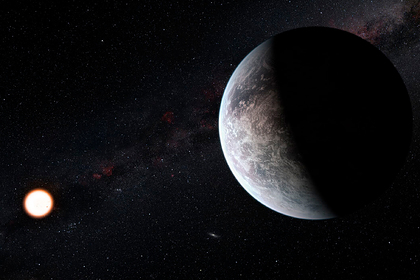
Astronomers at McGill University in Canada have explained why planets with an intermediate radius between super-Earths and mini-Neptunes are rarely found in space. The researchers' article was published in The Astrophysical Journal.
The mystery is that there are two separate populations of exoplanets: rocky earth-like planets (1.7 Earth radius or less) and planets with a thick shell of gas (mini-neptune more than two Earth radii), between which there is a gap. Scientists rarely find planets with intermediate radii, and to solve this problem, an explanation has been proposed according to which mini-neptunes lose their gas envelope due to intense radiation from their parent stars, turning into earth-like planets.
Theoretical models suggest that in this case the majority of mini-neptunes should have a core mass equal to 4-8 Earth masses, but observations of exoplanets show that this is not the case. The researchers modeled the conditions in the gas-poor nebula around the star to trace the appearance of the gas envelope of the planets. It turned out that nuclei with a mass equal to 1-2 Earth masses are not able to collect enough gas to turn into mini-neptune.
According to the model, it is the transition from a rocky planet to a mini-Neptune during gas accretion, rather than the evaporation of mini-Neptune, that gives rise to two separate populations. In this case, the resulting gap shifts towards planets with a smaller radius, located at a great distance from the parent stars, which corresponds to the observed picture.

